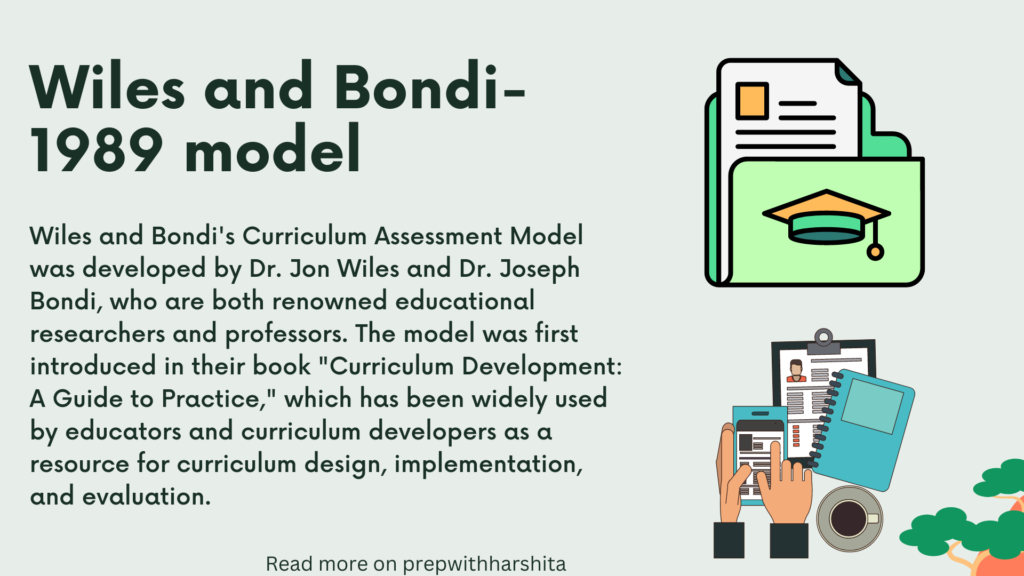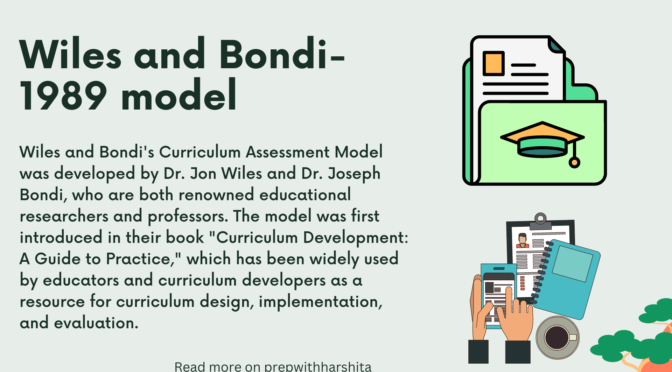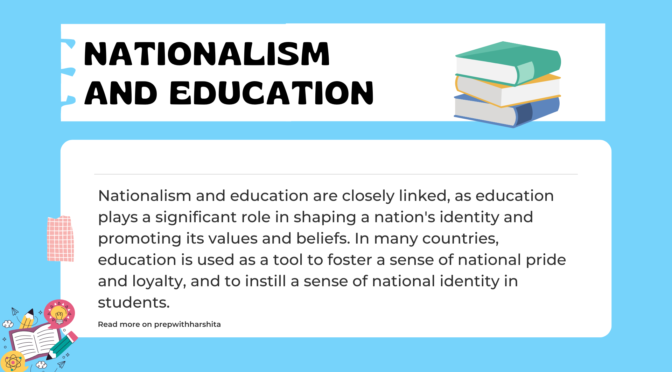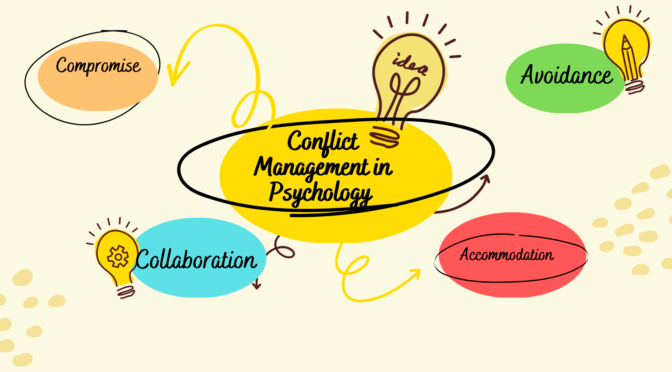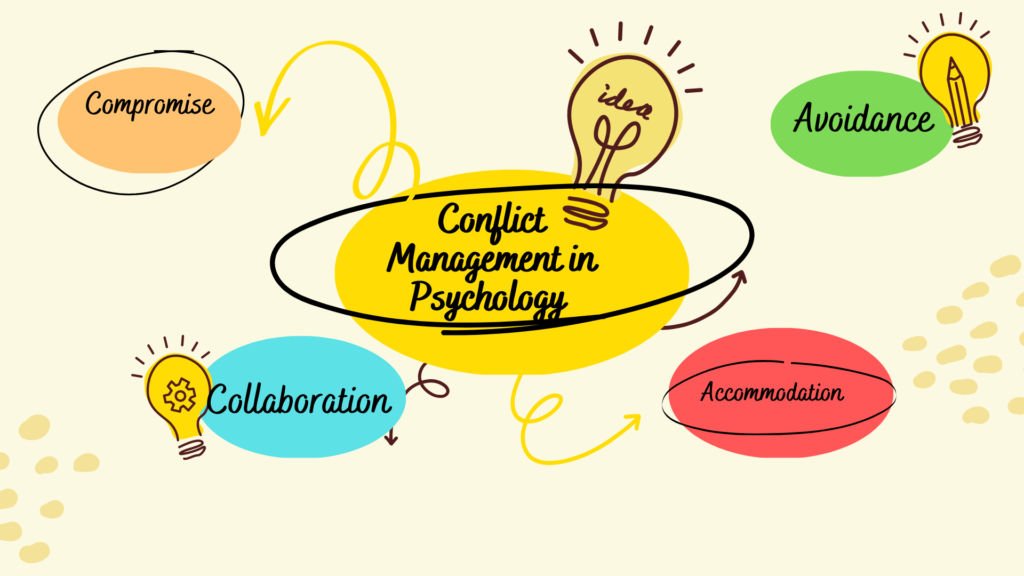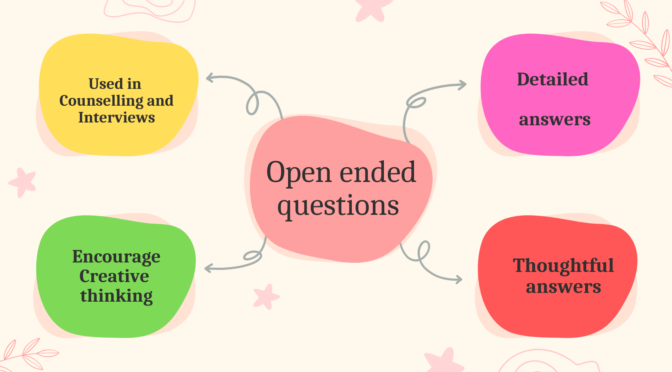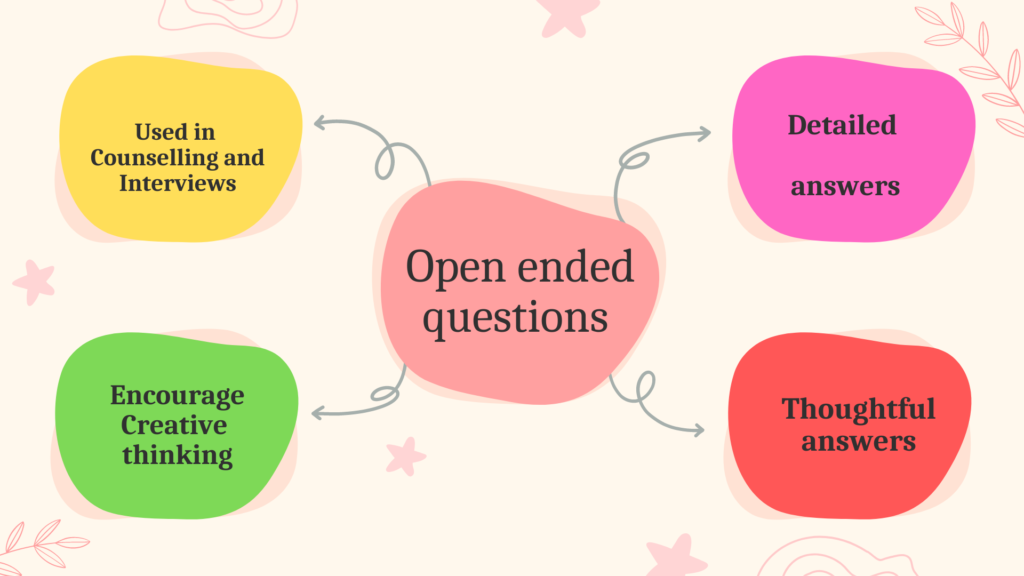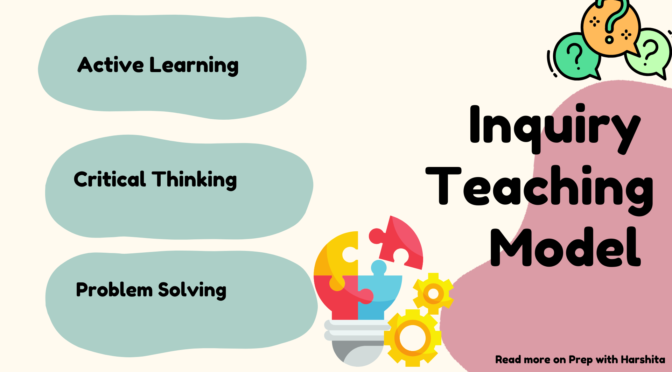Wiles and Bondi’s Curriculum Assessment Model was developed by Dr. Jon Wiles and Dr. Joseph Bondi, who are both renowned educational researchers and professors.
The model was first introduced in their book “Curriculum Development: A Guide to Practice,” which has been widely used by educators and curriculum developers as a resource for curriculum design, implementation, and evaluation.
Wiles and Bondi’s curriculum assessment model is a comprehensive framework designed to evaluate the effectiveness of curriculum development and implementation. The model consists of four stages: planning, implementation, monitoring, and evaluation.
- Planning: In this stage, educators determine the purpose and goals of the curriculum, identify the learning objectives, and develop instructional strategies to meet these objectives.
- Implementation: Once the curriculum has been planned, it is time to implement it. During this stage, educators prepare the necessary resources and materials and implement the curriculum in the classroom.
- Monitoring: In this stage, educators monitor the progress of students as they engage with the curriculum. They collect data to determine whether the curriculum is meeting its goals and objectives.
- Evaluation: In the final stage, educators use the data collected during the monitoring stage to evaluate the effectiveness of the curriculum. They identify areas of strength and weakness, make necessary adjustments, and implement changes to improve the curriculum.
Overall, Wiles and Bondi’s curriculum assessment model provides a structured approach for evaluating the effectiveness of curriculum development and implementation. It helps educators identify areas of improvement and make data-driven decisions to enhance student learning outcomes.
Also read : Hilda Taba model
Some of the key features of the model include:
- A focus on planning: The model focuses on the importance of planning in curriculum development, encouraging educators to define clear goals and objectives for teaching and learning.
- A cyclical process: The model is designed as a cyclical process that includes planning, implementation, monitoring, and evaluation stages. This cycle allows educators to continually assess the effectiveness of their curriculum and make necessary adjustments to improve student outcomes.
- A data-driven approach: The model emphasizes the importance of data in evaluating the effectiveness of the curriculum. Educators are encouraged to collect data on student performance and use this information to make informed decisions about curriculum design and implementation.
- A collaborative approach: The model promotes collaboration among educators, administrators, and other stakeholders in the curriculum development process. This collaboration helps to ensure that the curriculum is aligned with the needs of students and the broader community.
- A flexible framework: The model can be used in different educational contexts and curricula, making it an effective tool for curriculum developers and educators. It can be used in a variety of settings, from K-12 schools to higher education institutions.
Overall, the features of Wiles and Bondi’s Curriculum Assessment Model make it a valuable resource for educators and curriculum developers.
